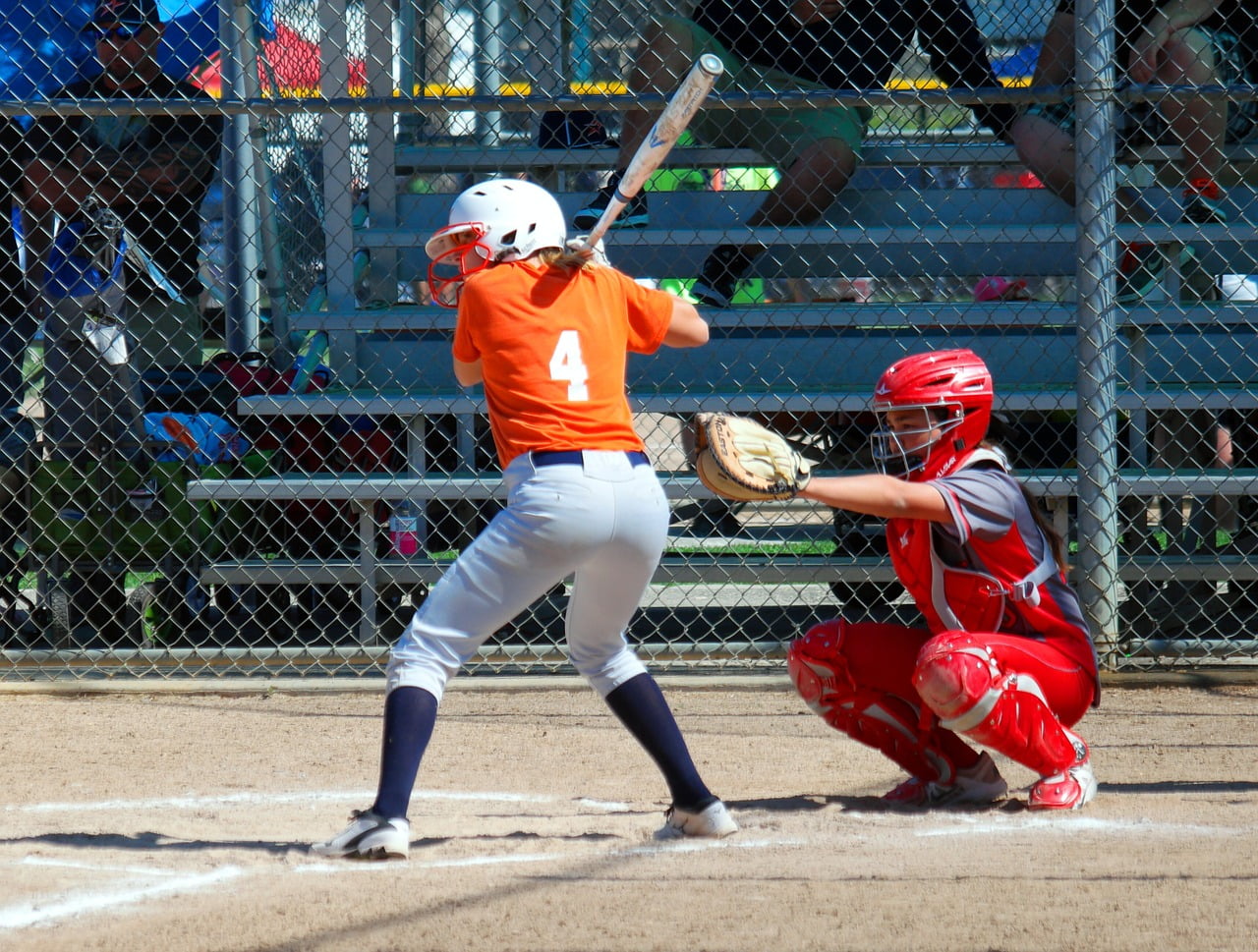Spring is in the air. For many sports enthusiasts that means but one thing – baseball is back. With the recent opening of the Major League Baseball season, expectations of baseball fans are high, hoping that maybe this year will be the one their team wins it all.
Of course, anything can happen over the course of a 162-game regular season. Although one cannot predict the outcome of a given game, a joint study by researchers from Israel’s University of Haifa and the Netherlands’ University of Amsterdam, found that the expression of emotions serves as a source of information and provides clues about what is likely to happen in social situations in general, and in baseball in particular.
“You can observe a lot by just watching”
“Other peoples’ emotions provide information,” Dr. Arik Cheshin of the University of Haifa , who led the study, said in a statement. “The expression of emotions can mark for us what the person is thinking and what they are about to do. If we read others’ emotions well, we will be better able to anticipate their behavior and to adapt our behavior to that of others.”
Or in simple terms, to quote the late great Yankee catcher, Yogi Berra, “you can observe a lot by just watching.”
SEE ALSO: Replay Technologies ‘freeD’ To Deliver Real-Time 3D Sports Replays To Mobile Devices
Emotions influence the human environment. When people express emotions, others can identify how that person feels according to facial expressions, body language, tone of voice, and so forth. Past studies have proven the interpersonal impacts of emotions. An emotion can be contagious, can pass from one person to another, and therefore can influence group performance. An expression of anger during negotiations, for example, may be strategic, symbolizing threat and implying that the other side should move toward the angry person.
In the current study, published in the scientific journal Frontiers in Psychology, the researchers sought to examine the interpersonal ramifications of emotions in the context of baseball. Do the gaze and body language of the batter influence the pitcher? “The players stand opposite each other in one of the most famous duels in all of sports. The two athletes look each other in the eye; one makes a move, and the other responds to it. We wanted to see whether the expression of emotion offers a clue about this move – and we found that it does,” Dr. Cheshin noted.
SEE ALSO: The Top 10 Israeli Startups Changing The World Of Sports
In the present study, three games that determined the identity of the World Series champion from two different seasons were chosen, 92 instances were selected from these games, in which it was possible to see the pitcher before the throw. The clips were edited so that it was only possible to see the pitcher’s preparations before the pitch, and the picture was frozen once the ball left the pitcher’s hand. The video clip did not show the outcome of the game nor provided any additional information about it. The length of each edited clip was approximately two seconds.
Sign up for our free weekly newsletter
SubscribeIn the next stage, 213 study participants were asked to evaluate the pitcher’s emotions. The participants reached agreement regarding three key emotions shown in the clips: Anger, happiness, and worry. The 30 clips with the highest level of agreement regarding the expressed emotions were chosen, and another group of 34 respondents was then asked to predict the outcome of the pitch concerning speed, accuracy, level of difficulty, and whether or not the batter would attempt to hit the ball. None of the Dutch participants identified the baseball players shown in the clips, or the teams, so that the external influence on the participants was very limited.
The results of the study show that expression of emotions serves as a source of information and provides clues about what is about to happen in the baseball game, thus identifying an additional social situation in which emotions convey critical information that influences preparations and reactions.
“The participants predicted various properties of the pitches according to the pitcher’s emotion. When the pitcher showed anger, this led to the prediction of faster and more difficult pitches. The expression of happiness led to predictions of more precise pitches and a higher probability that the batter would attempt to hit the ball. The expression of worry led to predictions of imprecise pitches and fewer attempts to hit the ball,” according to Cheshin.
Will the batter hit or miss?
The researchers found that the chances of the batter trying to attempt to hit the ball were greater when the pitcher was identified as happier. This is an important finding, since the expectation in baseball is that if the pitcher is happy just before and during pitching, he is liable to execute some kind of scheme or trick. “It is possible that the batter’s reaction is not conscious but evolutionary. There is a lot of pressure and tumult around the batter, and accordingly, the batter sees the pitcher’s expression of happiness as a positive sign that encourages him to try to hit the ball,” Cheshin says.
In summary, “whether this is an authentic emotion or a strategy, the expression of emotions has a social impact in sports as in other areas,” he says. “Controlling the expression of emotions and the ability to read emotions in order to predict behavior can make the difference between a strike and a home run.”
However, as far as predicting baseball outcomes go, Yogi said it best, “It ain’t over till it’s over.”
Photos: Gary Shear
Related posts

Rehabilitation Nation: Israeli Innovation On Road To Healing

Israeli High-Tech Sector 'Still Good' Despite Year Of War








Facebook comments